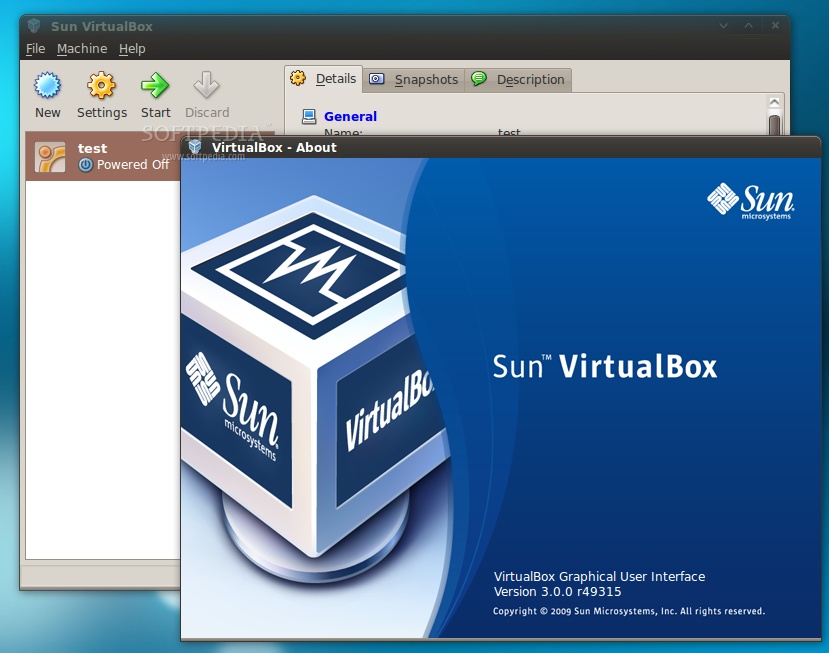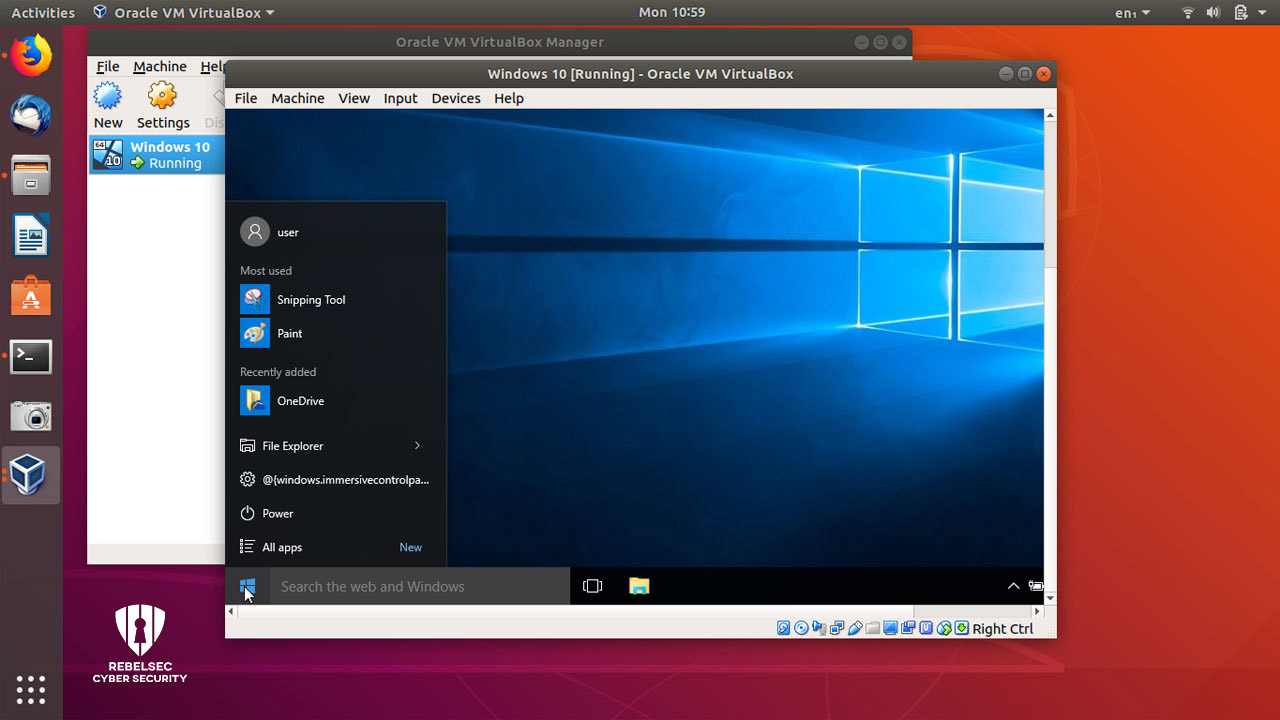

Step 2: Enter the name of your virtual machine, it should auto-detect the “Type” and “Version” respectively when you type in “ Arch Linux” in the name field. Hence, I recommend using the expert mode to create the virtual machine.įret not, the expert mode is as easy, with just a bit of extra available options and nothing else to worry about. Select Expert Mode in New Machine dialog box Note that you can continue creating the virtual machine using the guided mode, but you get more options at a single glance with the expert mode. Select New button to create a new virtual machine

Launch VirtualBox and click on “ New” to create a virtual machine. Step 1: First, you need to set up a few things in VirtualBox. Now, let us begin installing Arch Linux on VirtualBox. Hold on to the ISO file when needed you can delete it to free space on your system after successful installation. You should find options to download using torrent or download the file directly. Once done, you need to head to Arch Linux’s official website to download the ISO file. If you’re installing Ubuntu or Ubuntu-based distros, we’d recommend selecting at least 4GB of RAM. Then, click “Next.If you are using Windows 10 or a newer version, please ensure that virtualization is enabled on your system. For example, choose Ubuntu for an Ubuntu-based distro like Pop!_OS or Linux Mint.Īllocate the RAM using the slider or enter the value in the text box. If your distro isn’t listed, choose the closest distro, or the one it’s based on. RELATED: The Best Linux Distributions for BeginnersĮnter a name for your Virtual Machine, choose a location you want to save it in, change the type to “Linux”, and set the version to the distro you’re using. If you haven’t already, choose a distro and start downloading the ISO so that it’s ready by the time we reach the step where we load it into the VM. The steps for installing Linux in VirtualBox are pretty much the same on Windows, Linux, and macOS. Ubuntu Linux: Which Distro Should You Choose? Installing Linux in VirtualBox If you’re stuck, learn how to install a DEB file and an RPM file in Linux. Download the relevant package and double-click on it to install VirtualBox.

Ubuntu and Debian use DEB files, whereas Fedora, OpenSUSE, RedHat Enterprise Linux, and CentOS use RPM files.


 0 kommentar(er)
0 kommentar(er)
